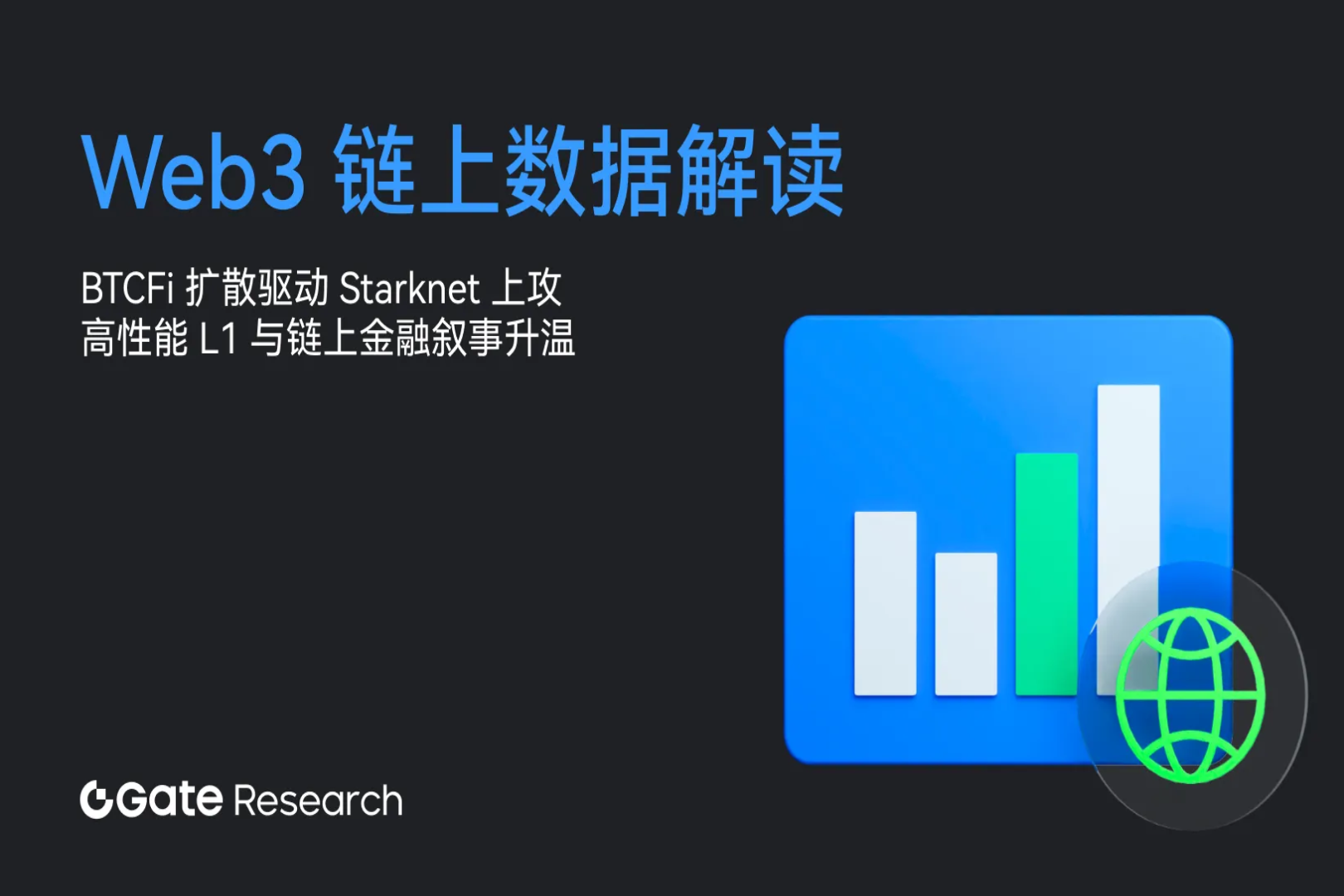The theory of "disruptive technology" that overturns the world
One of the amazing things about the Internet economy is that when you look at the wealth list of Internet companies, you will find that the list 10 years ago is very different from the current list. That's not because those former top companies were too complacent -- in fact, most of them bought and built products like crazy to avoid being displaced.
The reason why big new things are always ignored by the current industry giants is because they are always initially regarded as"Toy"And was denied. This is Clay Christensen's"disruptive technology"One of the main points of the theory. The theory begins with the observation that technology tends to improve faster than user demand grows. From this simple phenomenon, Clay draws all kinds of interesting conclusions about how markets and products change over time.
Those disruptive technologies were considered toys because when they were first introduced,"underestimated"user needs. The first telephones could only carry sound for a mile or two. The leading telecommunications company at the time, Western Union, backed away from buying the phone because they thought it would be useless for their main customers (businesses and railroads). What they didn't anticipate was how quickly telephony technology and infrastructure would improve (technology adoption is often non-linear due to so-called complementary network effects). This is true of how mainframe companies think of PCs (microcomputers), and how modern telecommunications companies think of Skype. (Clay Christensen also has many examples in his book).
That doesn't mean every product that looks like a toy is going to be the next disruptive technology. To differentiate the two, we need to think of the product as a process. Clearly, products get better whenever designers add new features to them, but that's a relatively weak push. Even more powerful are external pushes: microchips are getting cheaper, bandwidth is becoming ubiquitous, mobile devices are getting smarter, and so on. For a product to be disruptive, it must be designed to accommodate these changes so that it maximizes its utility curve.
Social software is an interesting special case where the most powerful driver is user behavior. As Clay Shirky explains in his new book, Wikipedia is really a process — every day there are all kinds of weirdos editing it, but every day there are also good people making it faster better. If you go back to 2001 and analyze Wikipedia as a static product, it does look a lot like a toy. But Wikipedia works so well because it has some subtle design features that make the torrent of user edits produce a net improvement over time. Since users' needs for encyclopedic information are relatively stable, as long as Wikipedia keeps getting better, it will eventually meet and exceed users' needs.
A product doesn't have to be disruptive to be valuable. There are many products that are useful from day one and continue to be useful over time. These are what Clay Christensen calls persistence techniques. When startups develop their own sustaining technologies, they are often quickly acquired or copied by incumbents. If you have the right timing and strong execution skills, you can develop a very successful business through this continuous technology.
But start-ups with persistent technologies are unlikely to be new to the 2020 list. These technologies will be ignored because people will treat them as toys.



